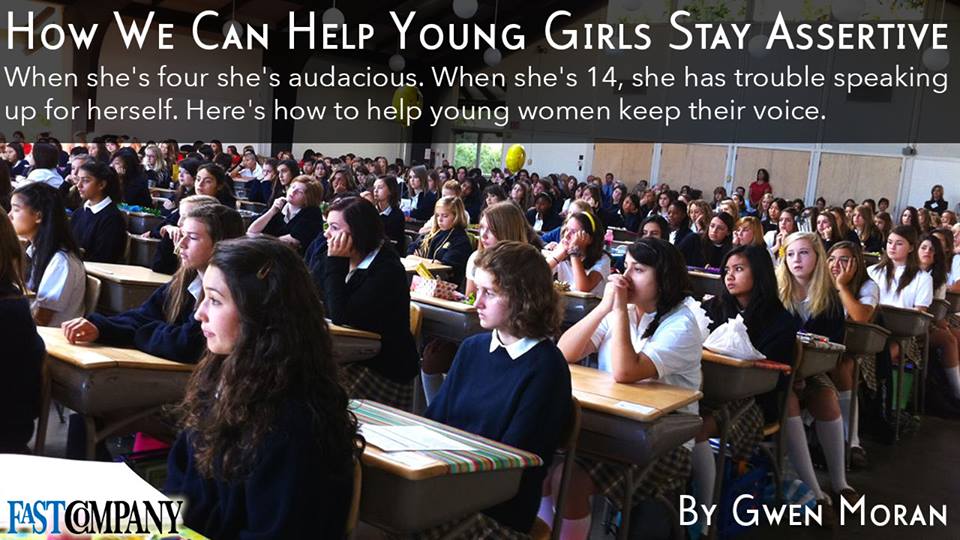Nicole Zonnenberg’s post A Contribution to the Discussion of Sexual Harassment in the Swing Dance Community (21 April 2015) is great because it clearly and simply explains how a code of conduct could have reduced distress or provented conflict in specific instances.
I’ve decided a code of conduct is essential for dance events. But they can’t be randomly copied documents of meaningless. You have to really mean what you say. And be prepared to act on this code. I’ve finally put together a code of conduct and am working on specific response strategies. You can read a draft version of it here on google docs. I am interested in your comments (though you’ll need to add them as comments to this post, not directly into that google document, because I don’t have time to moderate one million sites).
I’ve also started formalising and compiling my various workers’ agreements. I’ve been using these for years, though each copy has a slightly different form, as it is a negotiated agreement including the worker’s preferences and stipulations. This is important: this is an agreement, not a contract (it’s not legally binding!), so you must have consensus between all parties.
There are, of course, plenty of other relationships that require contracts or agreements – and these above should technically be covered by contracts rather than agreements – and you can find templates for them on the Arts Law Centre of Australia website. Note, you must pay for these.
[Edit]
A friend added an interesting comment to my post about this on facebook:
Really appreciate you keeping us all accountable Sam. I think Codes of Conduct are great but as you say, they’re useless if people don’t know how to take action with them.
This person has right-on politics, so I want to start here. Who is accountable for our actions? Are we only responsible for ourselves and what we do and think? Are we only responsible for the people ‘below’ us in a power structure? Are we responsible for each other – all of us? Are men responsible for the actions of other men, or just for their own? Is sisterhood an important idea, that women are accountable for the safety and actions of each other?
It’s a tricky one. I personally feel that I have a responsibility to look out for the safety of other women and girls. That’s where I start. I’ll also call out people who make racist/sexist/ist jokes. That’s my job, that’s one of the responsibilities of privilege (for me). To speak up.
So why don’t men call other men out on their behaviour? Why am I the one who’s telling men to stop pulling air steps at social dances? Why aren’t men doing this? Why did that male teacher try to discourage me from talking about and responding to sexual harassment by insisting that women harass too? What makes men feel like this isn’t their job too? Maybe they just don’t realise how powerful they are. Maybe they really don’t realise how much ‘safer’ patriarchy makes them.
Maybe this is a symptom of liberal individualism. This idea that we are own bosses, and we all need to work harder, and if we are poor or vulnerable, it’s our own fault for not working hard? Maybe this is the most important part of feminism: collectivism. Socialism. Caring about other people. Doing things for them and with them when we can.
I dunno. Aren’t you a lindy hopper? Isn’t the whole point of what we do to be awesome in partnership with other people?
I’ve been thinking about this. I don’t actually like the idea of one person making other people accountable for their actions; I don’t want to replace patriarchy with matriarchy. The thing that bothers me most about codes of conduct is that we all KNOW these things are totally not ok, and yet we still do them! And we don’t call other people out on their behaviour! So rather than deconstructing this top-down power dynamic, we reproduce it with a code of conduct, which we assume the ‘management’ or ‘powerful’ will enforce.
What I’d like to see is a) more women feeling powerful and in control of their lives and bodies, b) more men calling other men out on their behaviour – it’s not a women’s issue, it’s a men’s issue!, and c) more men regulating their OWN behaviour, and questioning their own assumptions about who and what they are entitled to do with their own and other people’s bodies.But how do you do all that in the _context_ of patriarchy? The commodification of dance in formal dance classes doesn’t help, as it reinforces this power structure. …I guess that’s why I think you can’t talk about responding to s.h. without acting to prevent it with broader cultural change. Sets of rules and then punitive measures just reproduce unjust power dynamics.
…maybe the best sorts of response strategies are those that everyone can enact, not just an ‘authority’? Anyways, I’m still struggling with this part of the process.

